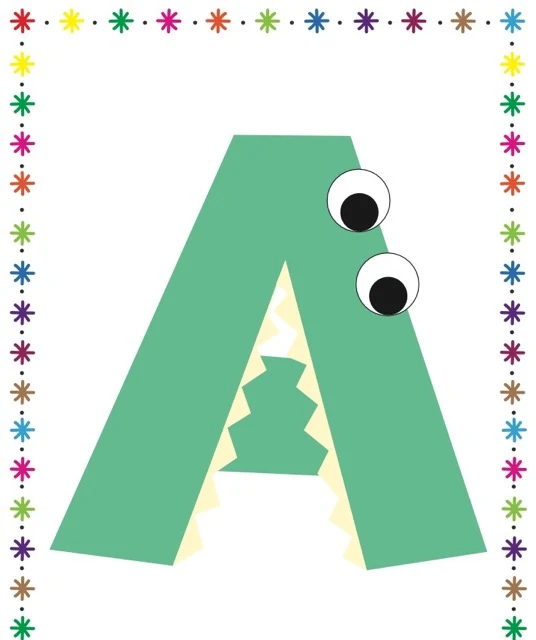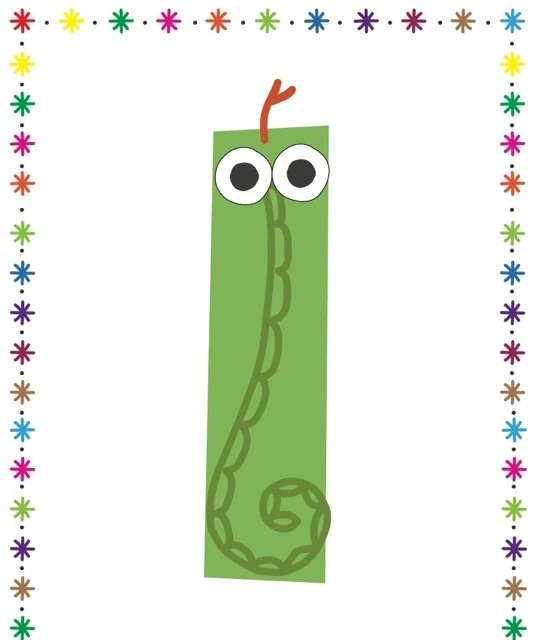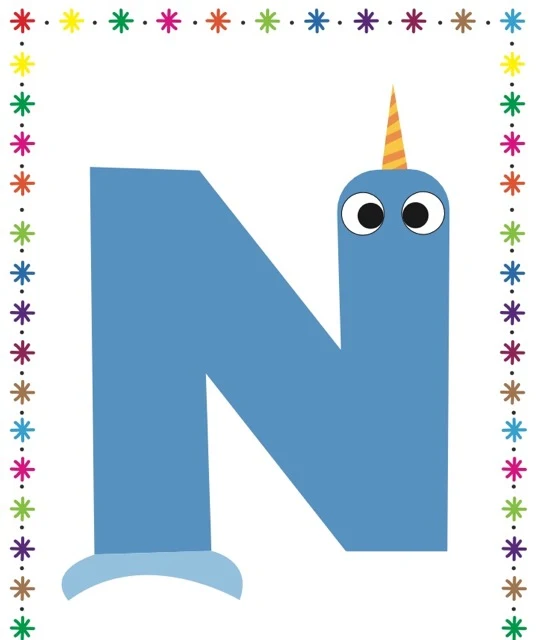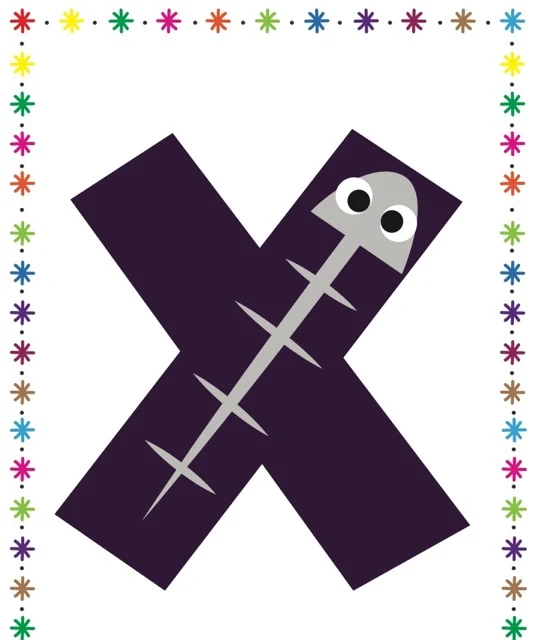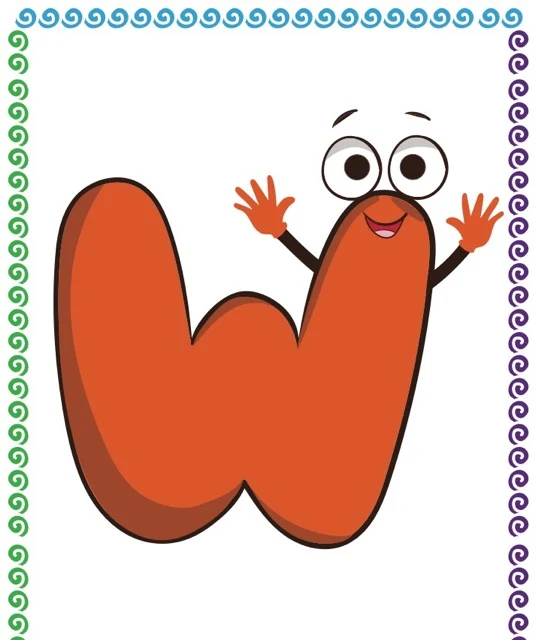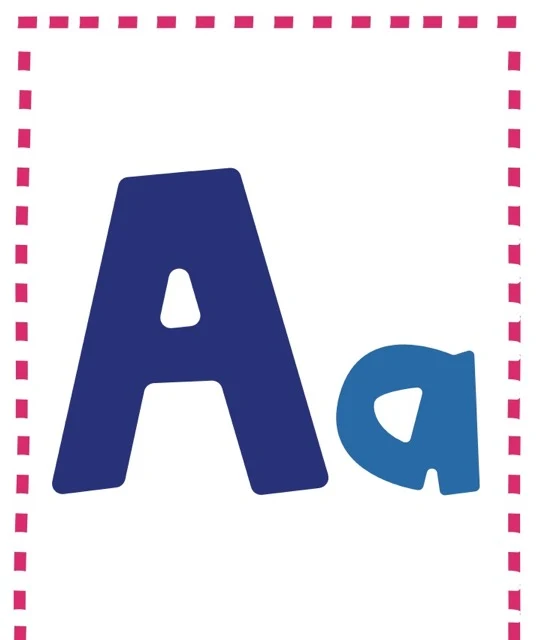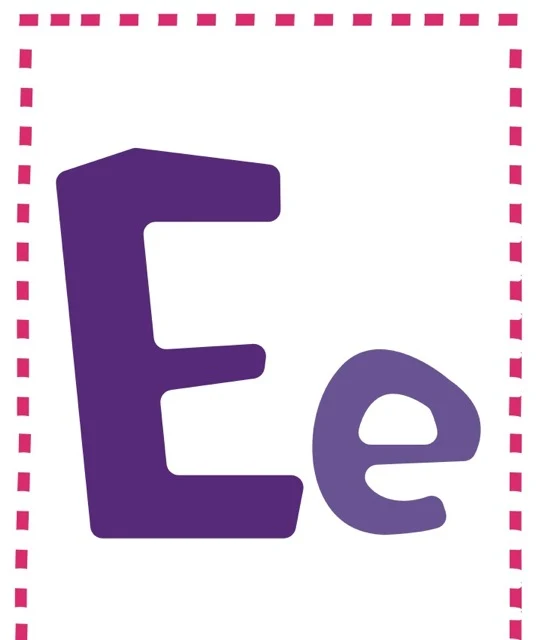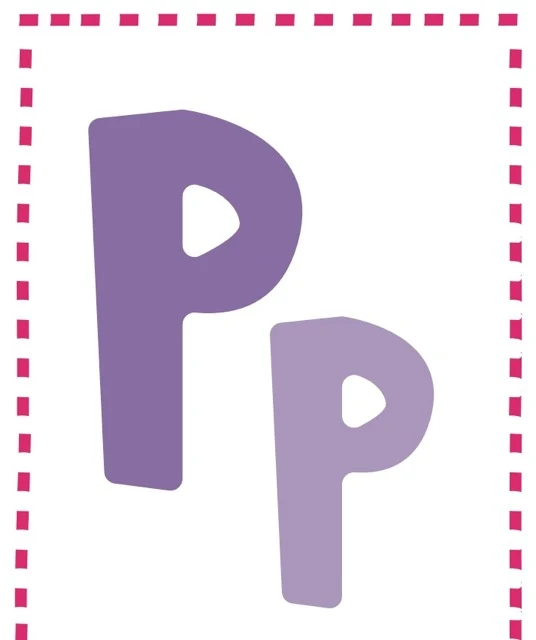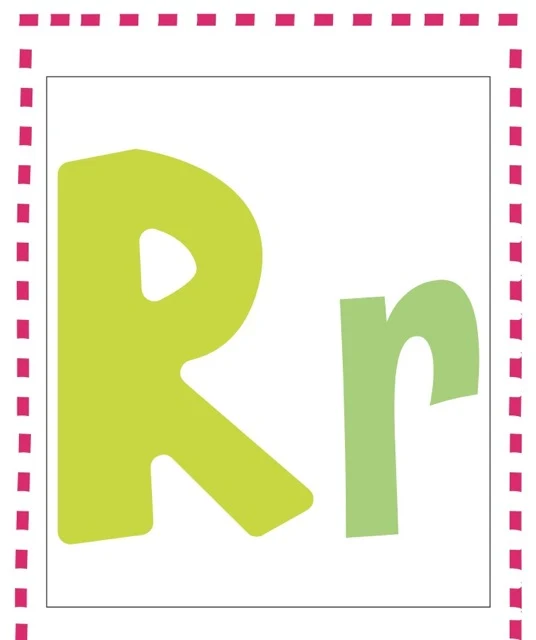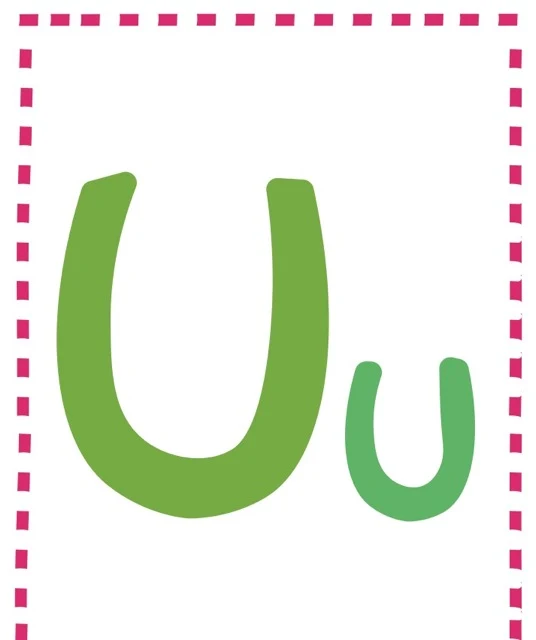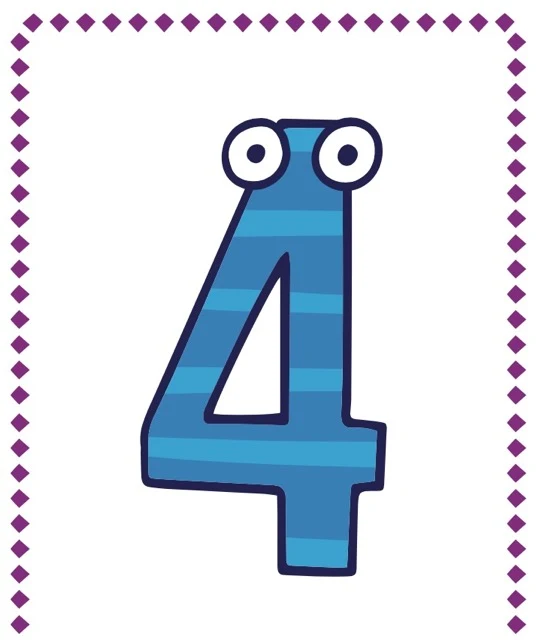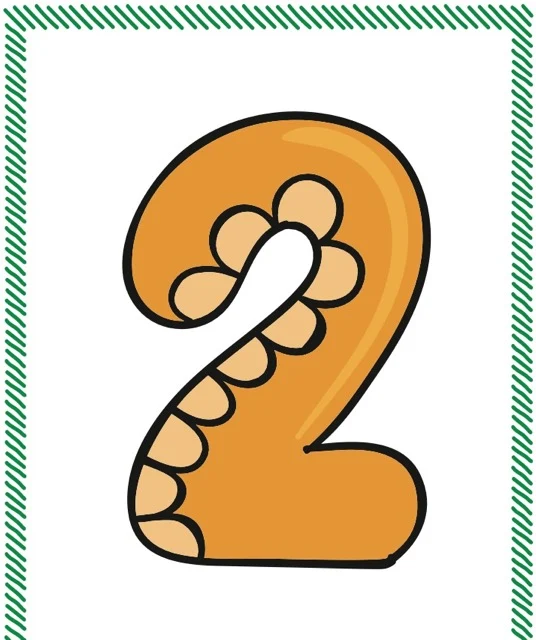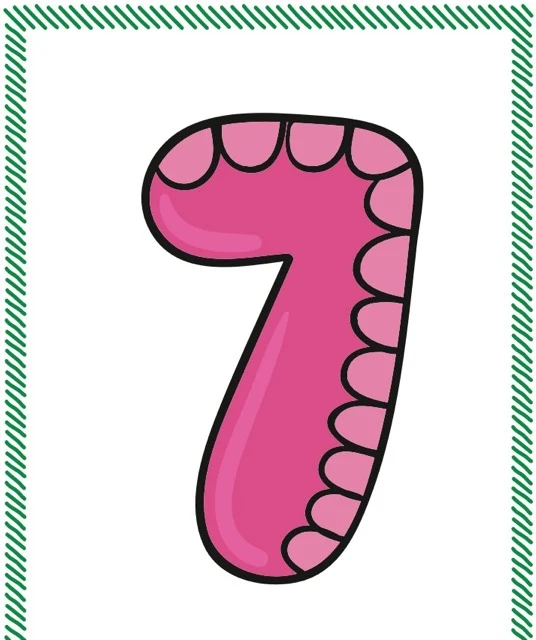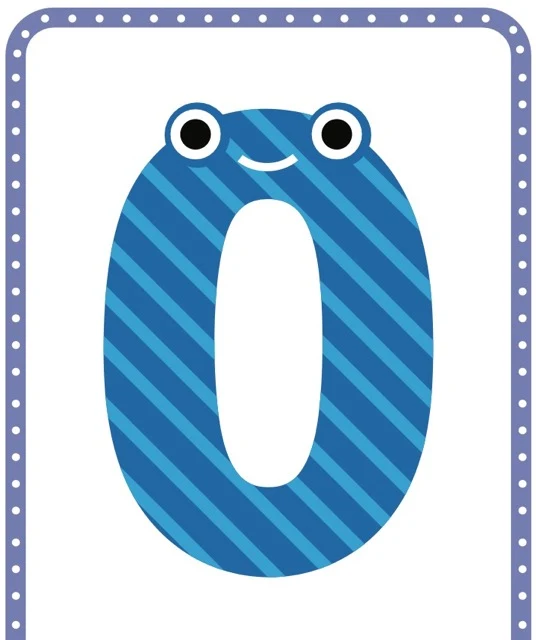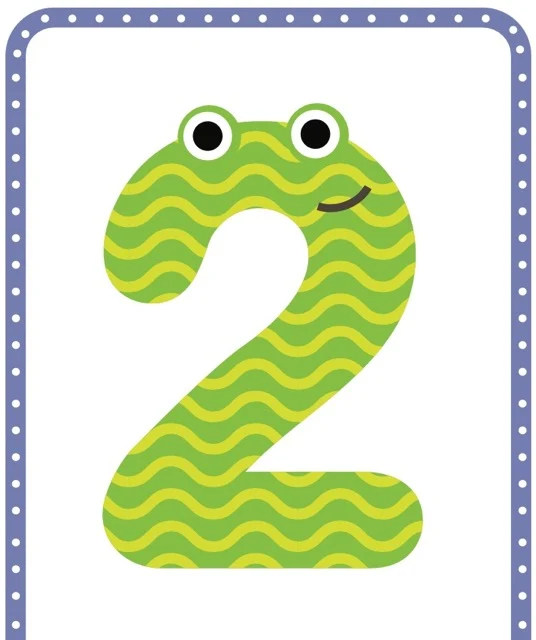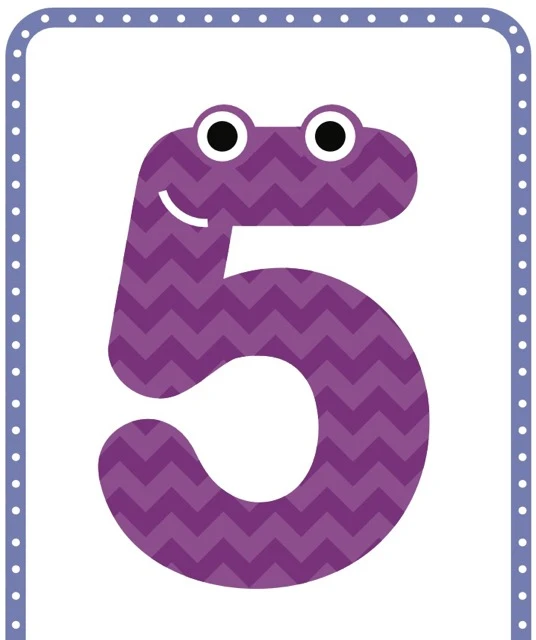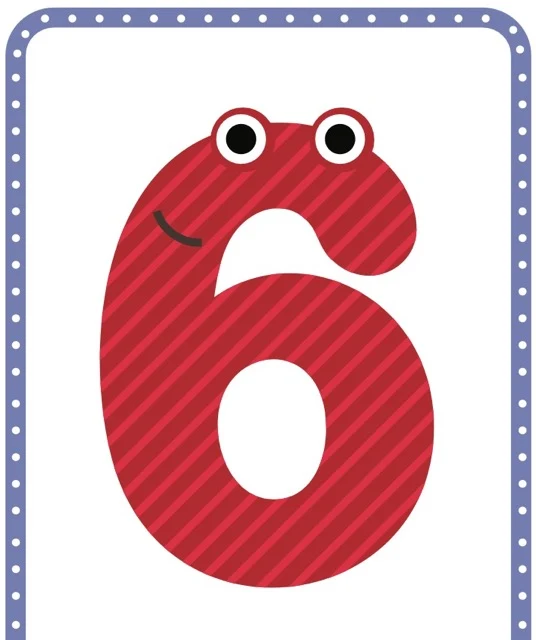Alphabet & Number Charts in Early Childhood Education
Three sources explore the use of alphabet and number charts in early childhood education. The charts, featuring diverse visual styles and bright colors, aim to make learning letters and numbers fun and engaging for preschool and kindergarten children. Interactive activities, such as matching games and drawing, are recommended to enhance learning. Ultimately, these resources emphasize the developmental benefits of the charts in building foundational literacy and numeracy skills.
Alphabet and Number Charts for Kids
Briefing Document: Alphabet and Number Charts for Kids
Sources:
●
"Alphabet and Number Charts for Kids" (FAQ)
●
"Alphabet and Number Charts: A Study Guide"
●
"Testing Theme: Letters and Numbers.pdf"
Main Themes:
●
Early Childhood Education: The primary focus is using visually appealing alphabet and number charts to support early literacy and numeracy skills in preschool and kindergarten children.
●
Engagement and Fun: Emphasizing a playful and engaging approach to learning, using colorful visuals, diverse styles, and interactive activities to make learning enjoyable for young children.
●
Developmental Benefits: Highlighting the role of these charts in developing letter and number recognition, pre-reading and pre-math skills, and fine motor skills.
Key Ideas & Facts:
●
Purpose: Alphabet and number charts are designed "to help children learn the alphabet and numbers in a fun and memorable way." (Source 1) They provide a foundation for literacy and numeracy.
●
Target Audience: The primary target audience is preschool and kindergarten children, but the charts can also be beneficial for older children who are just starting to learn. (Sources 1 & 2)
●
Visual Design: The charts feature a variety of letter and number styles, including:
○
Letters with accompanying animal illustrations (Source 3)
○
Letters and numbers with faces and hands (Source 3)
○
Simple, clear examples of uppercase and lowercase letters and numbers (Sources 1 & 3)
○
A bright and diverse color palette to capture attention (Source 1)
●
Interactive Learning: The sources advocate for going beyond simple pointing and reciting. Interactive activities include:
○
Matching games (Source 1)
○
Finding letters corresponding to objects in the room (Source 1)
○
Identifying numbers in everyday life (Source 1)
○
Drawing and coloring activities (Sources 1 & 2)
●
Benefits: Using these charts can contribute to:
○
Letter Recognition: Learning the names and shapes of letters.
○
Number Recognition: Learning the names and symbols of numbers.
○
Pre-Reading Skills: Understanding the relationship between letters and sounds.
○
Pre-Math Skills: Developing basic counting and number sense.
○
Fine Motor Skills: Practicing tracing, writing, or pointing. (Sources 1 & 2)
Supporting Quotes:
●
"The charts feature a variety of letter and number styles to make learning more interesting." (Source 1)
●
"Interactive activities include asking a child to find letters corresponding to objects, identify numbers in their environment, or engage in drawing and coloring activities related to letters and numbers." (Source 2)
●
"Adding faces or animals to letters and numbers can make them more relatable and engaging for children, enhancing their interest and memory of the symbols." (Source 2)
Visual Analysis (Source 3):
The "Testing Theme" document presents several different visual styles for representing letters and numbers. This variety is in line with the key ideas discussed, aiming to make learning more engaging for children.
Conclusion:
Alphabet and number charts are valuable tools in early childhood education. By utilizing engaging visuals and interactive activities, these charts can contribute significantly to the development of a child's foundational literacy and numeracy skills, setting them on a path toward future academic success.
Alphabet and Number Charts for Kids
Letters and Numbers FAQ
1. What is the purpose of these alphabet and number charts?
These colorful and engaging charts are designed to help children learn the alphabet and numbers in a fun and memorable way.
2. What age group are these charts best suited for?
The charts are ideal for preschool and kindergarten children, but can also be helpful for older children who are just starting to learn the alphabet and numbers.
3. What are the different styles of letters and numbers shown on the charts?
The charts feature a variety of letter and number styles to make learning more interesting. Some letters and numbers are accompanied by cute animals, while others have playful faces and hands. There are also simple, clear examples of uppercase and lowercase letters and numbers.
4. How can I use these charts to teach my child?
You can use the charts in many ways! Try pointing at each letter or number and saying its name. You can also sing alphabet songs or count along with your child. The charts can also be used for matching games or other activities to reinforce letter and number recognition.
5. Are there any activities I can do with my child beyond just pointing at the letters and numbers?
Yes! You can make learning even more interactive. Ask your child to find letters that correspond to objects in the room or to identify numbers in everyday life. You could also have them draw or color the letters and numbers.
6. Are there both uppercase and lowercase letters included?
Yes, one of the charts features both uppercase and lowercase letters together, making it easy for children to learn the different forms of each letter.
7. What colors are used on the charts?
The charts utilize a bright and diverse color palette, ensuring visual appeal and aiding in capturing a child's attention.
8. How can these charts benefit my child's development?
Exposure to letters and numbers is vital for early literacy and numeracy skills. These charts can help your child develop:
●
Letter recognition: Learning the names and shapes of letters.
●
Number recognition: Learning the names and symbols of numbers.
●
Pre-reading skills: Building a foundation for reading by understanding the relationship between letters and sounds.
●
Pre-math skills: Developing basic counting and number sense.
●
Fine motor skills: Practicing tracing, writing, or pointing to the letters and numbers.
Alphabet and Number Charts: A Study Guide
Alphabet and Number Charts: A Study Guide
Quiz
Instructions: Answer the following questions in 2-3 sentences each.
1.
What is the primary purpose of alphabet and number charts for kids?
2.
What age group are alphabet and number charts typically designed for?
3.
Why do alphabet and number charts often feature different styles of letters and numbers?
4.
Beyond simply pointing at letters and numbers on a chart, what are some interactive activities you can do with a child?
5.
What is the benefit of having uppercase and lowercase letters together on an alphabet chart?
6.
How does the use of color in alphabet and number charts aid in learning?
7.
Name three pre-reading or pre-math skills that alphabet and number charts can help develop.
8.
How can alphabet and number charts contribute to a child's fine motor skill development?
9.
Describe two different visual styles used to represent letters and numbers in the provided "Testing Theme" document.
10.
Why might adding faces or animals to letters and numbers on a chart be beneficial for children?
Quiz Answer Key
1.
The primary purpose of alphabet and number charts is to help children learn the alphabet and numbers in a fun and engaging way, laying the foundation for literacy and numeracy.
2.
Alphabet and number charts are typically designed for preschool and kindergarten children, though they can be beneficial for older children just starting to learn as well.
3.
Different styles of letters and numbers are often featured to make learning more visually interesting and engaging for children.
4.
Interactive activities include asking a child to find letters corresponding to objects, identify numbers in their environment, or engage in drawing and coloring activities related to letters and numbers.
5.
Having uppercase and lowercase letters together allows children to easily compare and learn the different forms of each letter, aiding in letter recognition.
6.
Bright and diverse colors on the charts are visually stimulating and help capture a child's attention, making learning more enjoyable.
7.
These charts can help develop letter recognition, number recognition, pre-reading skills (understanding the relationship between letters and sounds), pre-math skills (basic counting and number sense), and more.
8.
Children can practice fine motor skills by tracing, writing, or pointing to the letters and numbers on the chart.
9.
One style utilizes animal illustrations associated with each letter, while another employs letters with faces and hands. There are also examples of simple uppercase and lowercase letters and numbers without additional embellishments.
10.
Adding faces or animals to letters and numbers can make them more relatable and engaging for children, enhancing their interest and memory of the symbols.
Essay Questions
1.
Discuss the role of visual aids like alphabet and number charts in early childhood education. How do they support the development of literacy and numeracy?
2.
Compare and contrast different methods of teaching the alphabet and numbers to young children. What are the strengths and weaknesses of each approach?
3.
Explain how alphabet and number charts can be incorporated into a variety of learning activities beyond simply reciting letters and numbers.
4.
Analyze the importance of play-based learning in the context of alphabet and number chart usage. How can these tools be used to foster a playful and enjoyable learning experience?
5.
Evaluate the potential long-term benefits of early exposure to letters and numbers through engaging tools like alphabet and number charts. How might this impact a child's future academic success?
Glossary of Key Terms
